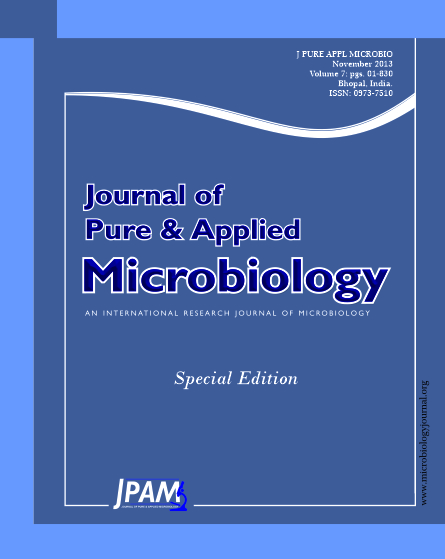The occurrence of Extended-Spectrum Beta-Lactamases(ESBLs) producing bacteria in Egypt has been well documented. However, investigations on blood stream infections (BSIs) caused by these bacteria in pediatric cancer patients are limited. The present study was carried out to assess the prevalence of and to characterize the ESBLs types in K. pneumoniae and E. coli causing BSIs in pediatric cancer patients. Fifty four ESBL producing K. pneumoniae and E. coli blood isolates collected from pediatric patients with malignancies at the National Cancer Institute, Cairo, Egypt, were investigated for ESBLs production by phenotypic and genotypic methods. These isolates were recognized as ESBLs producers. Molecular characterization of ESBLs types revealed the presence of the Ambler class A ESBLs types. blaTEM type was the predominant in all E. coli and in 70.8 % of K. pneumoniae isolates. blaSHV gene was more frequent in K. pneumoniae as being in 87.5 % of the isolates. blaCTX-M gene was detected in high percentages in both E. coli (93.3 %) and K. pneumonia isolates (91.6 %) as well. All isolates were co-producers of the ESBLs types. It is concluded that a random and/or empirical use of the antibiotics in cancer patients should be restricted as far as possible.
ESBLs, blood stream infections, K. pneumoniae, E. coli
© The Author(s) 2013. Open Access. This article is distributed under the terms of the Creative Commons Attribution 4.0 International License which permits unrestricted use, sharing, distribution, and reproduction in any medium, provided you give appropriate credit to the original author(s) and the source, provide a link to the Creative Commons license, and indicate if changes were made.


